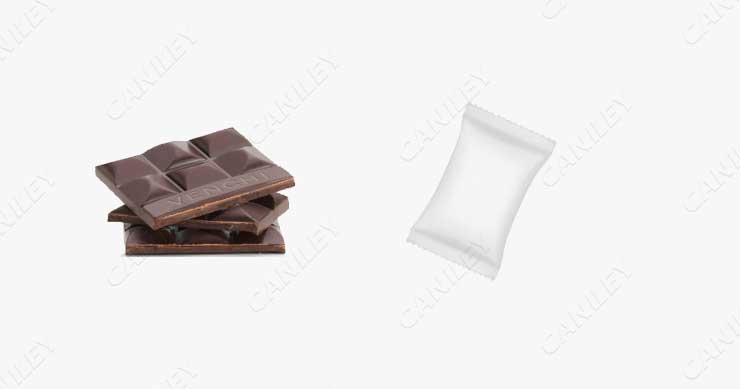When it comes to the packaging of chocolates, there is much more than meets the eye. Chocolate manufacturers carefully consider not only the visual appeal but also the protection, transportation, and preservation of their delectable treats. The packaging process typically involves three distinct levels: primary, secondary, and tertiary packaging. Each level plays a crucial role in ensuring that chocolates reach consumers in perfect condition. In this article, we will explore the importance and features of each type of packaging in the chocolate industry.

Primary Packaging
Primary packaging refers to the immediate layer of packaging that comes into direct contact with the chocolate itself. It serves multiple purposes, including preserving the product’s freshness, preventing contamination, and presenting the chocolate to consumers in an attractive and convenient manner. The primary packaging can be made of various materials, such as:
a. Foil Wrappers: Often used for individual chocolate pieces like truffles or pralines, foil wrappers provide an airtight seal that protects the chocolates from exposure to air, moisture, and light, thereby extending their shelf life.
b. Plastic or Cellophane Bags: Ideal for packing small chocolates like bonbons or miniature bars, these transparent bags allow consumers to see the product before purchasing it, enticing them with the visual appeal of the chocolate.
c. Thermoformed Trays: Frequently used for chocolate assortments or molded chocolates, thermoformed trays are made of plastic and provide individual cavities to secure each chocolate, preventing movement and damage during transportation.
Secondary Packaging
Secondary packaging, also known as group or retail packaging, surrounds the primary packages and is intended to hold multiple units together. Its primary function is to protect the primary packaging and ease the handling of the products during distribution and retail display. Some common forms of secondary packaging for chocolates include:
a. Cardboard Boxes: These are the traditional packaging for chocolate assortments and gift boxes. Cardboard boxes offer excellent protection, branding opportunities, and easy customization to cater to various occasions.
b. Sleeve Wrappers: Sleeve wrappers are often used for bundling together multiple chocolate bars or smaller packages into a single unit, allowing for easy display on retail shelves.
c. Display Trays: For large assortments or bulk chocolates, display trays made of sturdy cardboard or plastic are used to organize and showcase the products neatly.
Tertiary Packaging
Tertiary packaging, also known as shipping or transit packaging, is designed to protect the chocolates during transportation from the manufacturing facility to the retail outlets or distribution centers. This packaging level plays a vital role in preventing damage caused by rough handling, stacking, and other hazards during transit. Common examples of tertiary packaging for chocolates are:
a. Corrugated Cardboard Boxes: These sturdy boxes serve as the outermost layer of protection during shipping, protecting the primary and secondary packaging from potential damage.
b. Pallets: When transporting large quantities of chocolates, manufacturers often use pallets to stack and secure the products, making loading and unloading more efficient and ensuring stability during transit.
In the world of chocolates, packaging goes beyond mere aesthetics. Each level of packaging, from primary to tertiary, serves a specific purpose in preserving the quality. And each level requires specific packaging equipment to complete. If you have any demand, contact us now.
